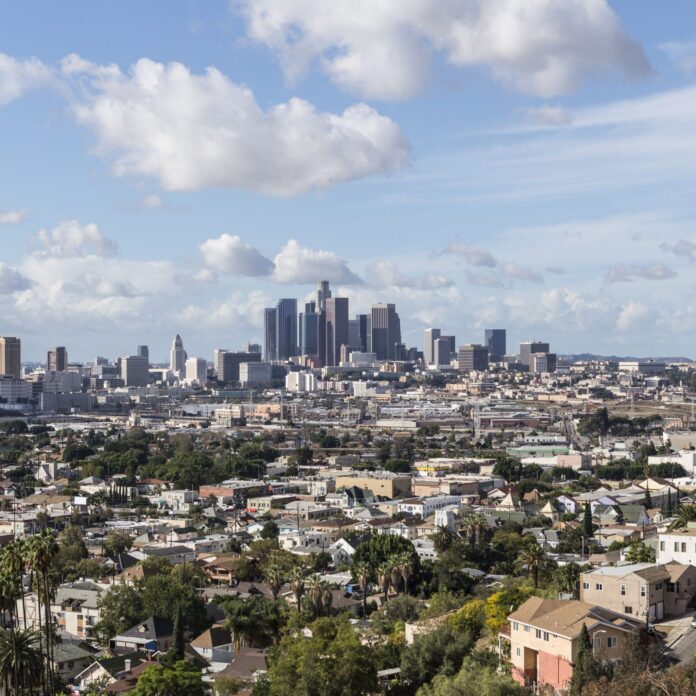Carrier sees public/private partnership model as potentially accelerating small cell deployments
Last week during Mobile World Congress Americas in Los Angeles, AT&T announced a major IoT project with the city focused on driving efficiencies in traffic management, public safety, natural disaster preparedness and other applications that fall under the umbrella of “smart cities.” As a way to facilitate these projects as well as enhance its other services in the area, AT&T needs to put a small cell network in place. And how the carrier has arranged with city officials to do that could be a replicable model, according to Chris Penrose, president of the AT&T’s Internet of Things business.
Speaking with reporters at MWCA, Penrose said, “We’ve been working with the city of LA for some time on a public private partnership that would help us accelerate our small cells deployment.” He said the carrier evaluated city assets like poles and rooftops and overlaid that with their own coverage needs. The result, he said, helps achieve “the lowest possible economics for small cells and provide[s] back some value to the city.”
Looking forward, Penrose said, “We’ve been talking to lots of cities about this same model.” While noting this mutually beneficial arrangement isn’t a “panacea” he said the primary consideration is, “How can we achieve whats good for the city and good for AT&T?”
Los Angeles will be home to Verizon’s initial 5G commercial launch, which is a fixed wireless home broadband service using the Verizon Technical Forum proprietary standard and millimeter wave frequency to deliver an expected 300 Mbps downlink over the air. AT&T plans to launch mobile, standards-based 5G in 12 markets by year-end, followed in “early 2019” in seven cities so far identified, including LA.
As to the IoT plans, new digital infrastructure, comprising expanded mobile broadband coverage and a new layer of data-gathering IoT sensors, will provide better traffic, transportation, and parking analytics for city planning, as well as greater situational awareness for public safety and better understanding of environmental data.
Meanwhile, digital kiosks around the city, including in underserved communities and homeless encampments, will be equipped with charging stations, emergency phone capabilities, public Wi-Fi, city maps, and more.
AT&T said it will work with city leaders to attach sensors to monitor city structures, including bridges, bulkheads, and overpasses to check for cracks and tilts and ensure the safety of physical infrastructure.
Mike Zeto, vice president and general manager of smart cities at AT&T said: “We’re exploring possibilities to create a technology-first environment that can improve experiences for residents and visitors across the community. We’re looking to help the city improve problems like traffic congestion and public safety.”

